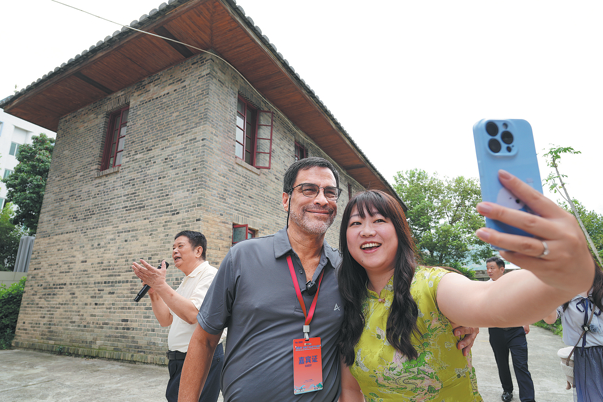Digital divide adds to gender disparity


New economies, driven by the Fourth Industrial Revolution, have dramatically redefined the way companies conduct business, from solving productivity problems to easing access to industries with high barriers of entry. Many hope technology will play a significant role in addressing workplace gender inequality.
Instead, technology has exacerbated-not alleviated-global gender equality issues.
According to Digital Society Index 2019, a study by London-based media and digital marketing communications company Dentsu Aegis Network, the confidence of women in many key economies worldwide in their digital capabilities often pales in comparison with that of men.
In the Asia-Pacific region, for example, 46 percent of women who were surveyed believe they have strong digital capabilities, compared with 55 percent of men, while 40 percent of women in the UK believe so, compared with 60 percent of men. In the United States, 50 percent of women have such confidence, compared with 64 percent of men.
This demonstrates that proliferation of gender disparity stems from a global digital divide, which, if not addressed properly, will stifle economic advancement to the tune of several billion dollars. As we are advancing toward a future where no job will be spared from technological disruption, addressing the divide now is more crucial than ever.
To address the digital gender divide, various governments have been making concerted efforts to ensure all citizens are equipped with the tools and knowledge to succeed in today's digital society.
Last year, the UK government launched the £1 Million Digital Skills Innovation Fund with the intention of equipping women and underrepresented groups with the skills needed to succeed in digital, technology or engineering roles. In September, the Australian government launched a publicly funded project to develop a 10-year road map aimed at encouraging more women and girls to study and take up careers in science, technology, engineering and math.
In China, the government's move to include emerging technologies as part of the formal national education curriculum has paid off considerably in nurturing a generation of women with the digital skills essential in the new economy.
However, digital skills and engagement are just one piece of the puzzle. Economic, social and cultural conditions demand that we work with our partners, clients and communities to build a more inclusive workforce for the new economy.
We must collectively play a role to bridge the digital divide and create a more inclusive workforce to make gender equality a reality in this lifetime.
The author is president of Brand Solutions APAC, CEO of iProspect APAC and diversity and inclusion sponsor for Dentsu Aegis Network APAC. The views do not necessarily reflect those of China Daily.

































